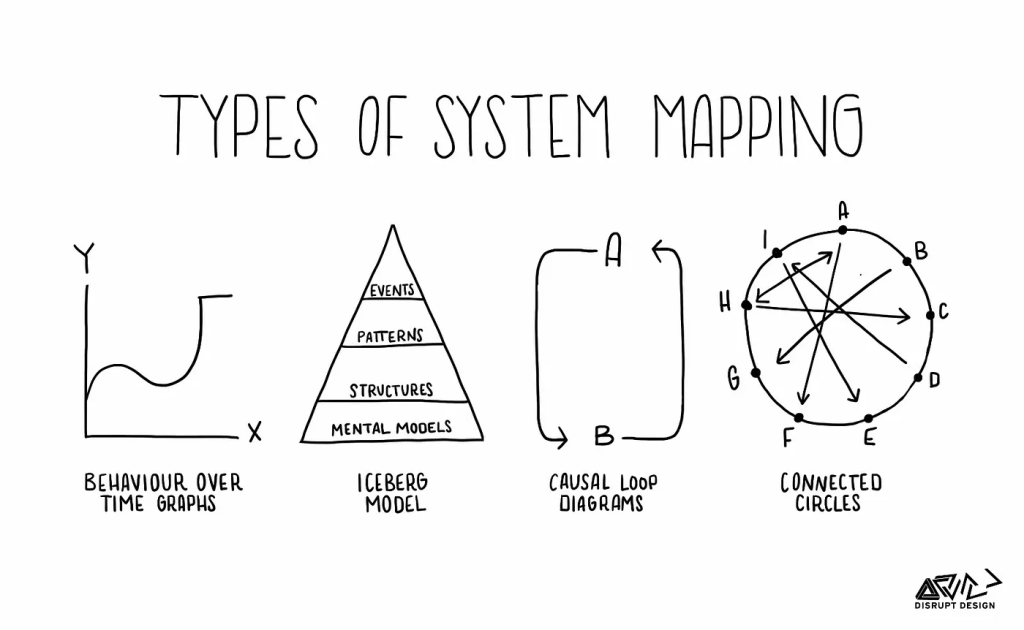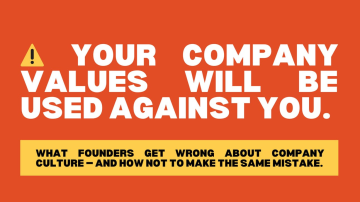Systems Thinking – For Founders

Will Larson is the CTO at Carta, previously lead engineer at Stripe and Uber. He’s also written the seminal books on engineering, including “An Elegant Puzzle.”
He says the “smartest people I’ve worked with were really strong systems thinking advocates.”
Background
Larson didn’t invent Systems Thinking. (That’s credited to Jay Forrester, who founded the Systems Dynamic Group at MIT in 1956.) But he’s one of many strong proponents of the mental model.
Plus, his approach is one of the most practical and actionable. And you only need to understand 2 terms.
Basics: Stocks and Flows
Systems thinking emphasizes that the connections between events are intricate. It recognizes that significant changes result from the gradual accumulation of smaller changes, called “stocks.” These stocks represent the memory of changes over time, such as the number of trained managers in a company.
Changes to these stocks are called “flows,” which can be either inflows (e.g., training new managers) or outflows (e.g., managers leaving the company).
The takeaway: relationships are dynamic and changes within a system are often gradual.

(Bonus: the dashed line is an “information link.” It shows that one stock is a factor in a separate link.)
Here’s the same idea applied to Dr. Forsgren‘s “developer velocity.”

So why is mapping systems so great?
Systems thinking offers a holistic and dynamic perspective that can lead to more effective decision-making. When you start seeing interconnectivity in complex scenarios, it becomes easier to analyze, understand, and solve problems.

Systems Thinking for Founders
1 – Product Development and Innovation
Systems thinking allows founders to understand the entire lifecycle of product development. It helps to ensure that innovation is not limited to individual features but is integrated into the overall product strategy.
2 – User Experience Design
Systems thinking helps founders consider the holistic view of user interactions with a product. It involves understanding the interconnected elements that contribute to a positive user experience, such as interface design, functionality, and responsiveness.
3 – Scalability and Architecture
Systems thinking helps in understanding the dependencies within the system architecture and identifying potential bottlenecks. It ensures tech can scale seamlessly and efficiently.
4 – Data and Analytics
Systems thinking assists founders in understanding the flow of data within their systems. It helps with identifying key metrics from a comprehensive understanding of the data ecosystem.
5 – Ecosystem Collaboration
As you scale, you’ll operate within a larger ecosystem that includes partners, platforms, and external technologies. Systems thinking encourages founders to understand the interdependencies within these ecosystems, facilitating strategic partnerships, integrations, and collaborations.
6 – Market Dynamics
Systems thinking is valuable in understanding broader market dynamics. This includes the interactions between competitors, customers, and regulatory bodies. Founders can anticipate trends, identify market opportunities, and make strategic decisions that align with the evolving tech landscape.













Yo Ceobetcasino, feeling like a CEO after playing here. Not gonna lie, it’s pretty smooth. Some nice bonuses to be had too. Check them out! ceobetcasino
Kubetvip8 é a melhor! Jogos incríveis, pagamentos em dia e um suporte que realmente te ajuda. Não troco por nada kubetvip8.
333betloginentrar’s login process was super easy. Navigating their site in my language was a breeze too. Good stuff! Give 333betloginentrar a try.